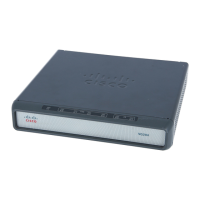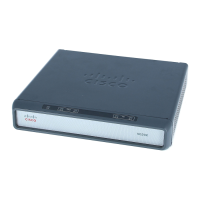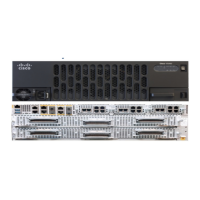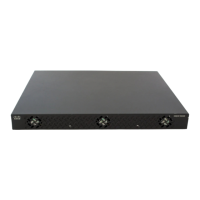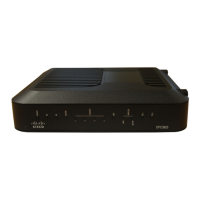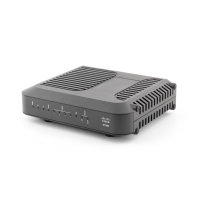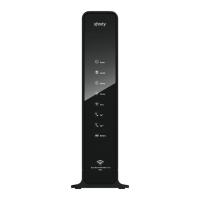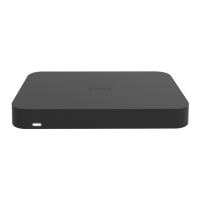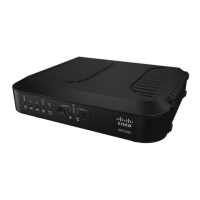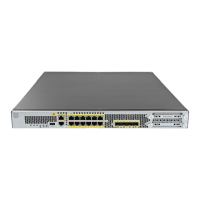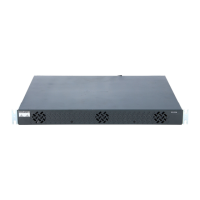Configuring ISG as a RADIUS Proxy
Information About ISG RADIUS Proxy
3
Sessions that were created using ISG RADIUS proxy operation are generally terminated by receipt of
an Accounting-Stop packet.
ISG RADIUS Proxy Handling of Accounting Packets
By default, ISG RADIUS proxy responds locally to accounting packets it receives. The accounting
method-list command can be used to configure ISG to forward RADIUS proxy client accounting
packets to a specified server. Forwarding of accounting packets can be configured globally for all
RADIUS proxy clients or on a per-client basis.
RADIUS Client Subnet Definition
If ISG is acting as a proxy for more than one client device, all of which reside on the same subnet, the
clients may be configured using a subnet definition rather than a discrete IP address for each device. This
configuration method results in the sharing of a single configuration by all the client devices.
ISG RADIUS Proxy Support for Mobile Wireless Environments
ISG RADIUS proxy uses mobile wireless-specific processes to provide support for Gateway General
Packet Radio Service (GPRS) Support Node (GGSN) environments. The following sections describe
ISG RADIUS proxy attribute support and processing:
• Attribute Processing and RADIUS Request Correlation, page 3
• 3GPP Attribute Support, page 4
Attribute Processing and RADIUS Request Correlation
When authentication and accounting requests originate from separate RADIUS client devices, ISG uses
correlation rules to associate all the requests with the appropriate session. The association of the
disparate RADIUS flows with the underlying session is performed automatically when the
Calling-Station-ID (Attribute 31) is sufficient to make the association reliable.
In mobile wireless environments attribute processing and the correlation of RADIUS requests with a
session are implemented differently than in a PWLAN environment. For example, in a PWLAN
environment the Attribute 31 is a MAC address, and in a GGSN environment Attribute 31 is a Mobile
Station Integrated Services Digital Network (MSISDN), which is a plain number or alphanumeric string.
In addition, in a GGSN environment the correlation of RADIUS requests can be performed using
attributes other than Attribute 31.
ISG RADIUS proxy supports mobile wireless environments by allowing you to specify whether the
RADIUS-proxy client uses a MAC or MSISDN format for Attribute 31. The format is specified using
the calling-station-id format command. In addition, you can use the session-identifier command to
configure ISG RADIUS proxy to use other attributes (apart from Attribute 31) to perform RADIUS
request correlation.
